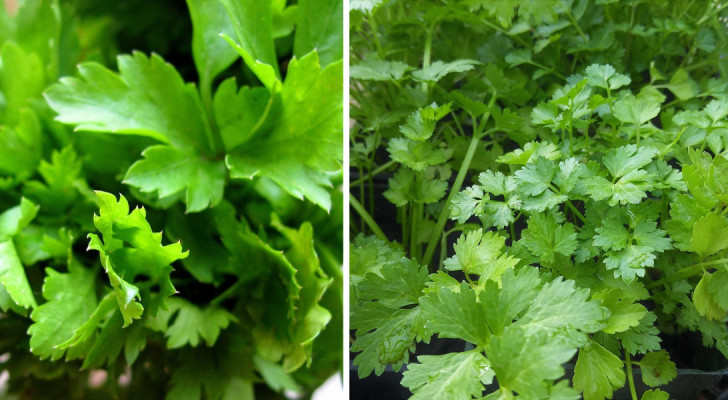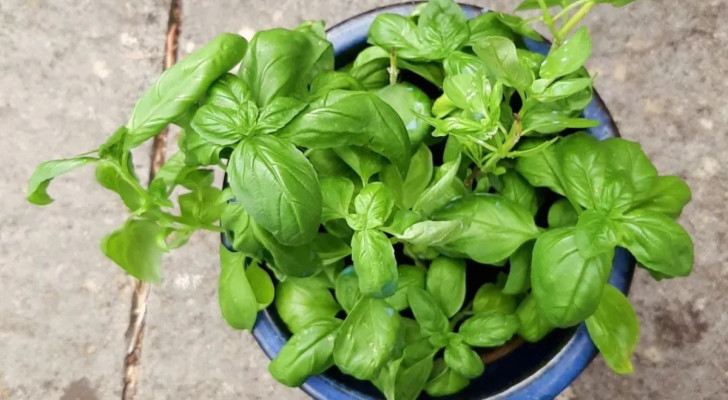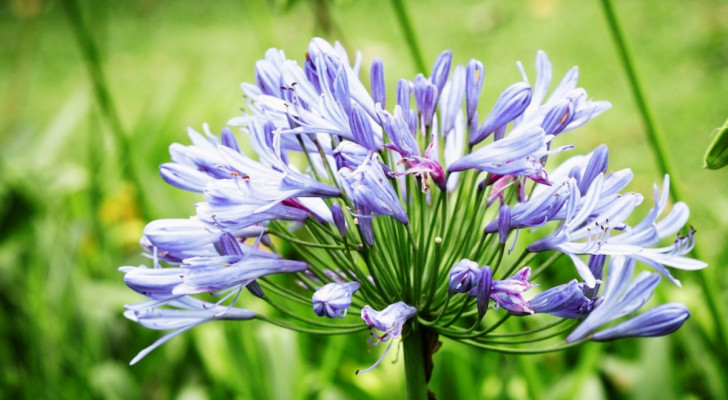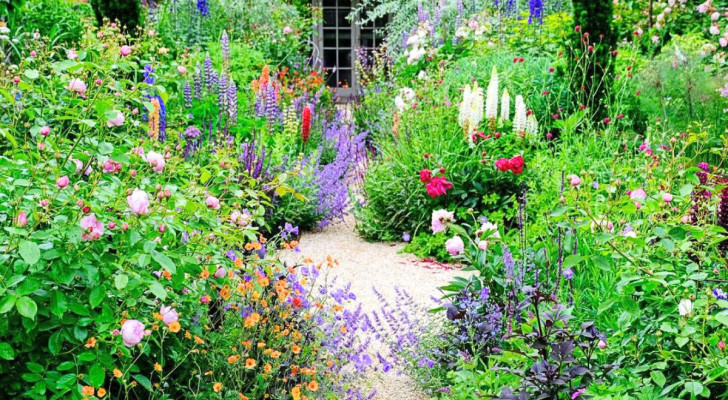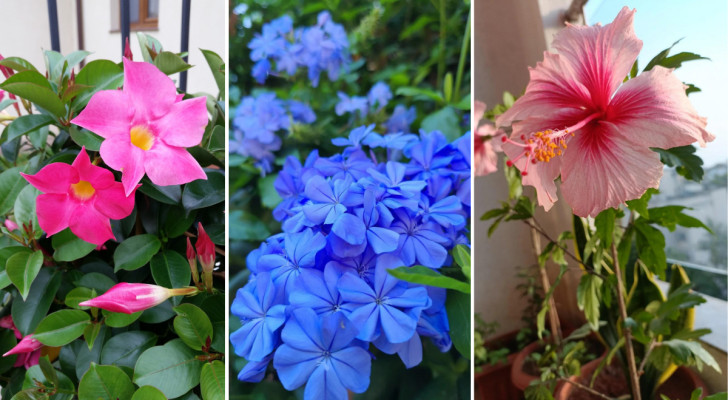How to grow hydrangeas successfully in pots: tips for growing these splendid plants on your balcony
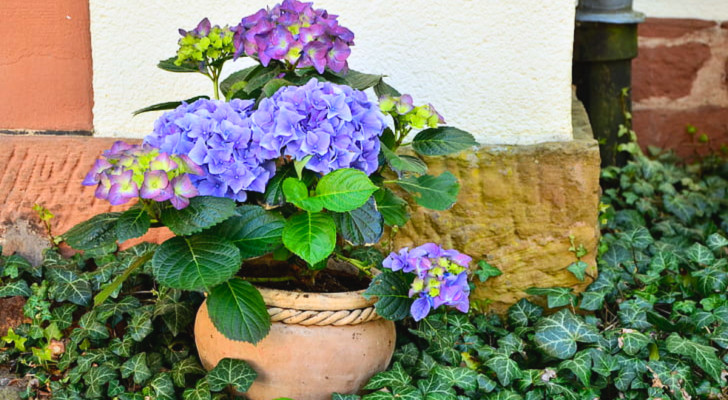
Amongst the most beloved of plants, hydrangeas can be seen blooming in parks and gardens from the end of spring. But hydrangeas can also be grown successfully in pots on balconies and terraces. These plants have specific needs, so growing them in pots means keeping a close eye on them - but it's not an impossible "mission"! Let's find out how to successfully grow hydrangeas in pots and planters:
What type of pots are best for hydrangeas?
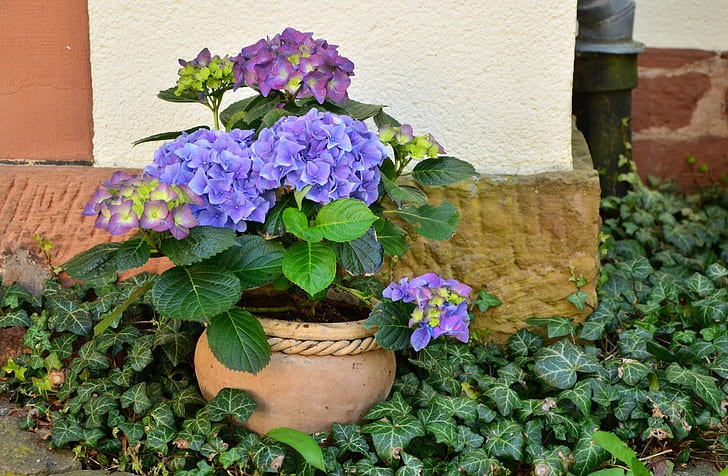
Pickpik
Hydrangeas need space, so you won't be able to grow them successfully in small pots. Keep them in their original point-of-sale pots until the end of summer. Then, between September and mid-October, transplant them to the pots you want to permanently raise them in.
In temperate climates, the best pots to use are high-quality terracotta ones which are robust, and won't crack from fluctuations in temperature. If, however, your hydrangeas will be exposed to the cold, it is best to opt for resin pots (which will not freeze like ceramic and terracotta pots can).
As for the dimensions, the depth and diameter of the ideal pot should be around 45-50 cm respectively.
Remember that you might have to move the pots to protect your hydrangeas from the cold: for this reason, choose light-weight pots (if possible), or go for pots that you can easily equip with wheels (or come with built-in wheels).
What are the best types of hydrangeas to grow in pots?
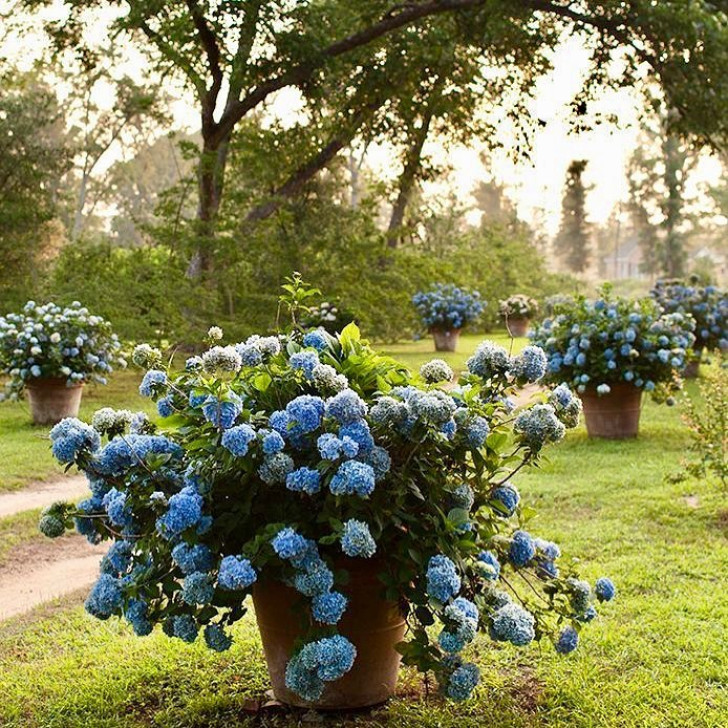
There is no fixed rule for this: it depends a lot on where you live and where your potted hydrangeas will be located (in terms of exposure to sun or wind, in particular). In any case, it is advisable to choose varities that are known to be robust and easy to care for (and which can usually be found at specialized nurseries).
Cultivators tend to select hydrangea varieties that have a more compact shape and slower, managable growth (ie. hydrangeas from the macrophylla, serrata and paniculata varieties). Hydrangeas of the quercifolia or aspera varieties tend to grow quite large and can be difficult to manage. All said, hydrangeas of the macrophylla variety are undoubtedly the most well known and most popular with "casual" gardeners.
For those looking for something extra-special, "dwarf" hydrangea varieties - like Little Lime or Bobo - can also be purchased from specialist nurseries.
Care of potted hydrangeas
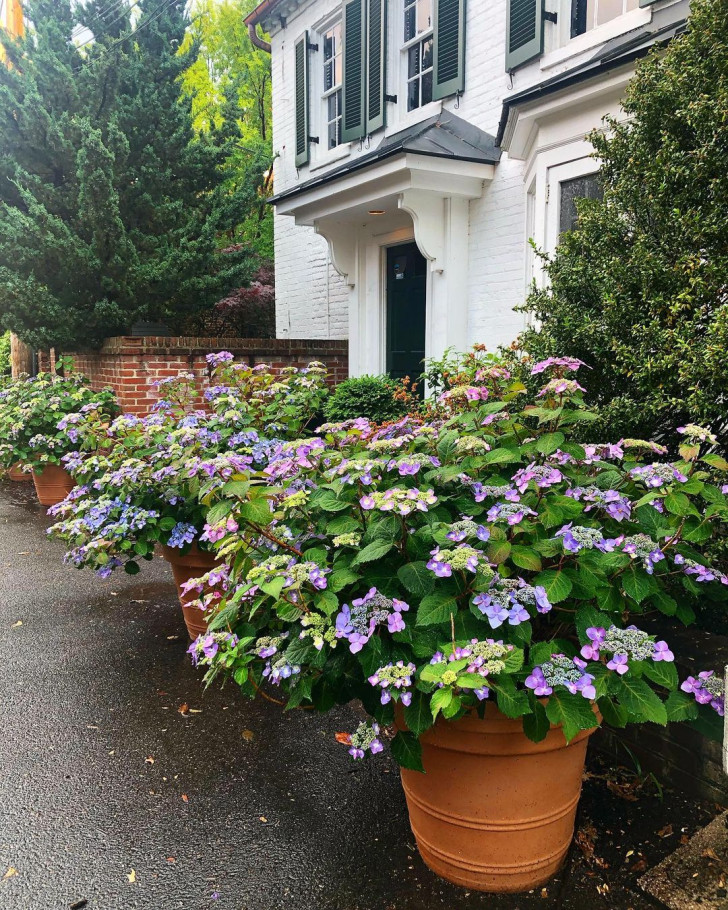
- Exposure: hydrangeas prefer partial shade, but they must receive 4 to 6 hours of good sunlight during the day. In the winter, you can consider moving the pots to places which are sheltered from the wind, cold and frost. You can cover your plants with a breathable fabric to protect them from cold and frost (like burlap), but keep an eye on them.
- Soil: hydrangeas are acidophilic plants, so they need a specific soil (which you can get at nurseries), and it must be well-draining. Hydrangeas love water, but their roots will rot in waterlogged soil. At the time of planting them, enrich the soil with a little compost to help them in their first months of life.
- Irrigation: hydrangeas love water, even more so when grown in pots. Water your potted hydrangeas at least once a week in the spring and autumn, less frequently (every 10-14 days) in winter. In summer, you may need to water them a couple of times a week. The soil doesn't have to dry out completely before you water your hydrangeas again. Hydrangeas are not drought-tolerant, can burn easily and will be near-impossible to save if they suffer from a lack of watering for an extended period of time. Stick a finger into the soil and make sure there is still some moisture present. If not, water immediately. The soil must remain moist, but not be waterlogged.
Staying with watering, it is worth providing the plants with large saucers under their pots when it's very hot. By putting wet, expanded clay in the saucer, this will create steam which, in turn, will provide humidity to your hydrangeas. Remove the saucers when the rainy season starts. To combat mosquitoes, use a repellent you can put into the saucers which is hydrangea-friendly.
Always only water the soil around the base of your hydrangeas, and do not get any water on their leaves.
